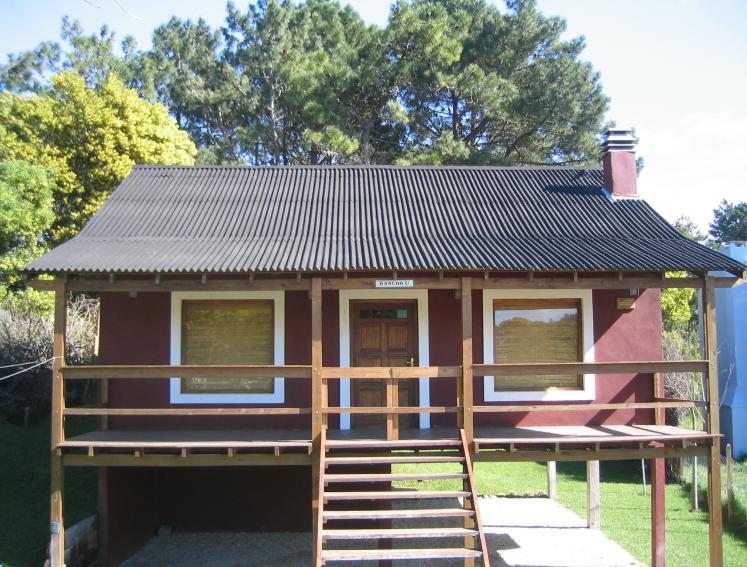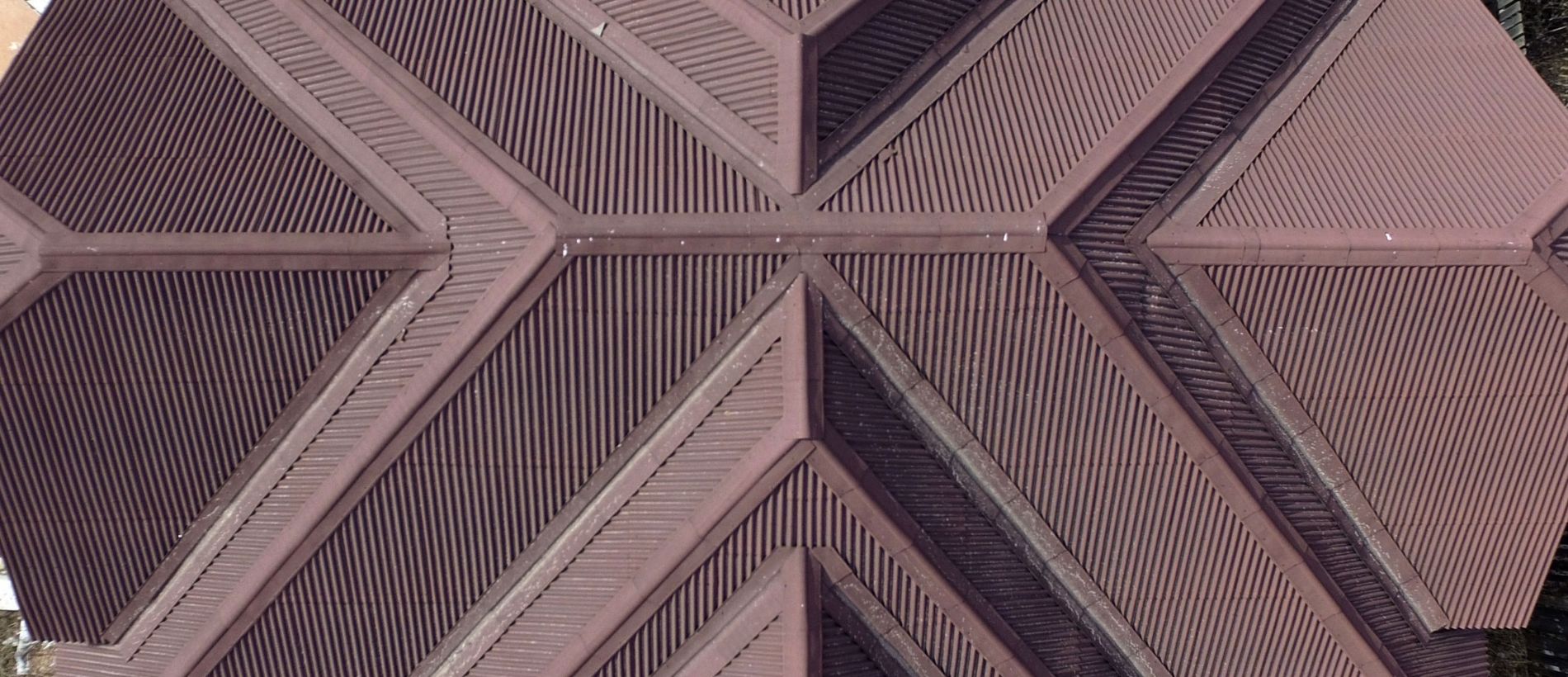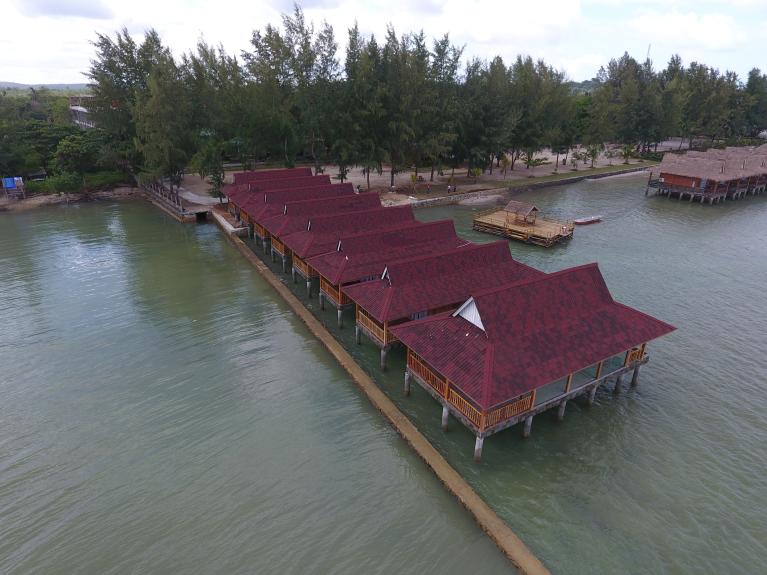How to make your house flood proof?
As the weather becomes more extreme, more houses will be at risk of flooding. If you're building a house in a flood-prone area, or if your home was not built to withstand rising water, some flood-proofing work may be required in order to minimize flood damage. Here are some methods of flood control that will protect your home from rising water and make your house flood proof.
ELEVATION

Elevation
If you live in an area that is prone to flooding, the design of housing can make a big difference in the house's ability to resist the flood. Also called as stilt houses, this is the oldest and most obvious way to build a flood proof house. If you must build near a river or the sea, just make sure you lift your building above the likely height of the flood waters. Significant flood resistant improvement can be obtained if the structure has the lowest floors elevated to design flood elevation. In hot areas, there can be a co-benefit of good air ventilation.
Dry flood proofing
If you’re going to let the flood waters reach the walls of your house itself, you might want to make them watertight. Making the structure watertight requires sealing the walls with waterproof coatings, impermeable membranes, or a supplemental layer of masonry or concrete, installing watertight shields on openings and fitting measures to prevent sewer backup. One of the main advantages of flood-proofing is that it avoids the need to elevate, demolish or relocate structures and as a result, is often a much more cost effective approach to reducing flood risk.
Wet flood proofing
Wet flood proofing is often used to retrofit flood-prone properties that the owners can’t sell, which is making the best of a bad situation. Wet flood-proofing reduces damage from flooding in three ways; (1) allowing flood waters to easily enter and exit a structure in order to minimise structural damage; (2) use of flood damage resistant materials; and (3) elevating important utilities. Foundation vents, a form of "wet flood-proofing," allow flood water to flow through your home, rather than pool around it. This both provides an outlet for flood water and relieves the significant pressure flood water can put on your walls and basement windows. Although flood-proofing will not allow residents to continue living in their house during flooding, flood-proofing measures will make it much quicker and easier to clean up and repair flood damage.
Flood walls
Rather than raise your home above the waters, a common technique is to protect your home or property from the water by building a sturdy and waterproof wall. Perimeter walls with watertight gates are one approach. You can also incorporate berms and walls into the landscaping, keeping the water out of a whole property or allowing the garden to flood while protecting the house.
The first is the flood barrier, which is a self-activating barrier that just needs to be laid out in its place and rises when it comes into contact with water. In less than 10 minutes these grow to 3.5 inches in height as the powder inside soaks in the water and swells up. These have a wedge on both sides to stop the flood barrier from rolling against the impact of the water.
Next are the flood bags, these work with the same material as the flood barrier above and self-rise in 10 minutes when they come in contact with water. The next one, and the most popular type of flood defense is the water gate. This is a self-rising flood wall designed to deal with large floods with high flood waters and is worth its money for a home’s defense against flooding. They work with water levels from 6in to 5ft high
Floating houses

Floating houses
This house is able to float on water and moves with the water levels. Most such houses are permanently located on water but this needn't be the case, as a house could be designed to become floating should the need arise, with some ingenuity and forward thinking. One way to do it is to build on pontoons and have a building that’s always floating. This approach to waterside living as a flood-proofing solution is still fairly much in the experimental stage in most places but it is a solution that will undoubtedly become more acceptable in flood-prone areas in time.

